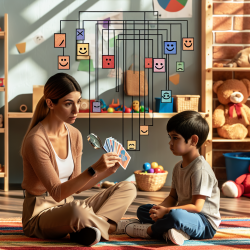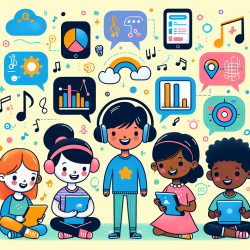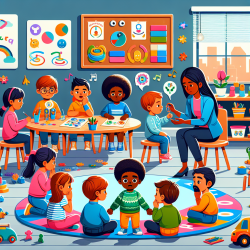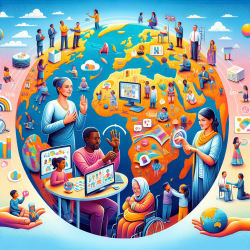Introduction to the Eye to I© Intervention Model
The Eye to I© intervention model is a promising approach for enhancing social communication and play skills in children with autism. Developed in-house at Potentials Therapy Center in New Delhi, India, this model focuses on using play as a medium to foster social, emotional, and cognitive development. The intervention is delivered through a combination of social communication sessions, special education, occupational therapy, and oromotor articulation therapy, tailored to the individual needs of each child.
Understanding Social Stages of Play
Social stages of play are critical in the development of social interaction skills. Parten's stages of play, which include solitary, onlooker, parallel, associative, and cooperative play, provide a framework for understanding how children progress in their social interactions. The Eye to I© model aims to enhance these stages by focusing on skills such as gaze direction, body orientation, and reciprocal interaction.
Research Findings on Eye to I© Intervention
A recent study explored the effectiveness of the Eye to I© intervention model in facilitating the advancement of social stages of play among children with autism. The study involved 11 participants aged 2-6 years, all formally diagnosed with autism and receiving therapy at Potentials Therapy Center. The mixed-method design included quantitative measures such as the Communication DEALL Developmental Checklist and the Communication Matrix, along with qualitative measures from semi-structured parent interviews.
The results indicated significant improvements in the complexity of social play stages and increased scores in social skills assessments. By the end of the intervention, children engaged in more complex social interactions, demonstrating increased skills in communication and social interaction as per DSM-V diagnostic criteria.
Implications for Practitioners
For practitioners working with children with autism, the Eye to I© model offers a structured approach to enhancing social communication skills through play. The use of a codebook to evaluate social play stages provides a quantitative tool for measuring progress and guiding therapeutic goals. Practitioners are encouraged to consider incorporating the Eye to I© model into their practice and to explore further research on its effectiveness.
Encouraging Further Research
While the initial findings are promising, further research is needed to validate the Eye to I© model's effectiveness across larger and more diverse populations. Future studies could explore the model's applicability in different cultural contexts and its long-term impact on social communication skills in children with autism.
To read the original research paper, please follow this link: Exploring social stages of play through eye to I© intervention model.










